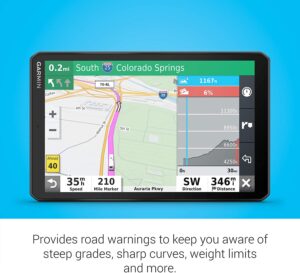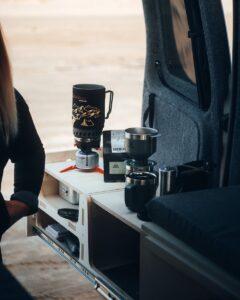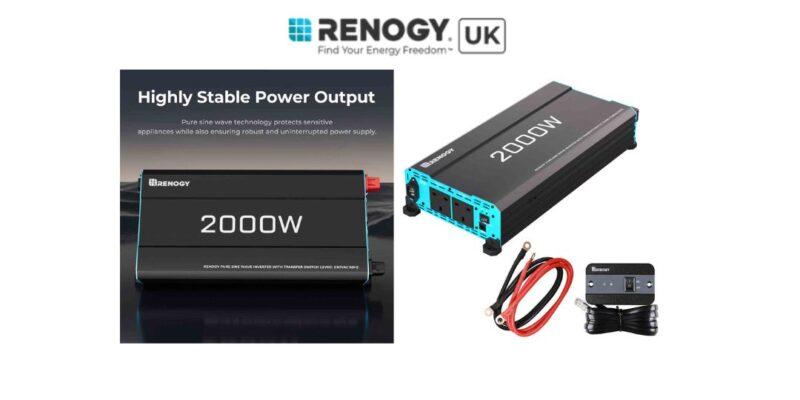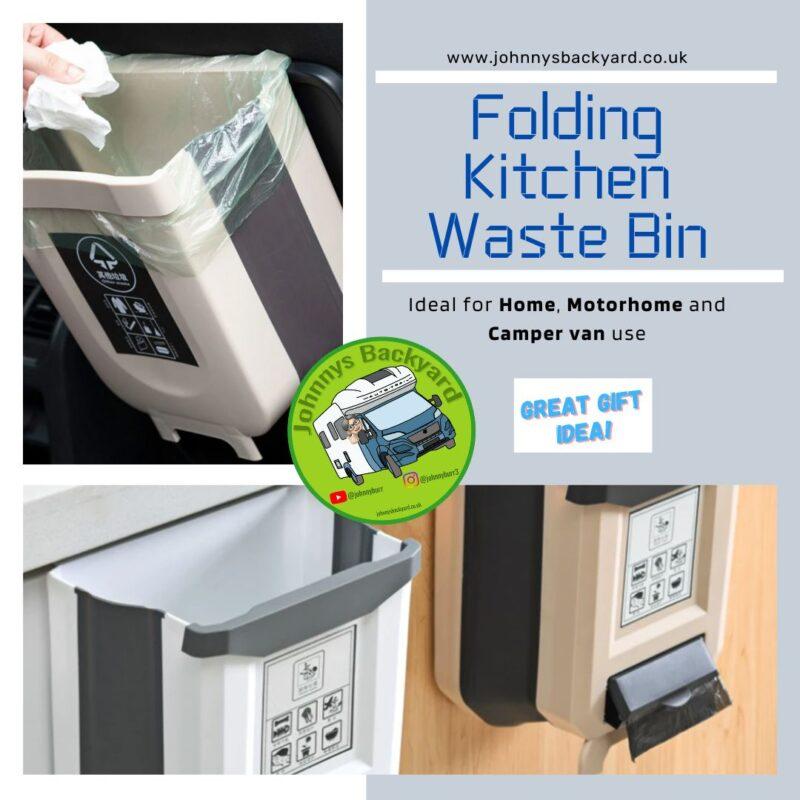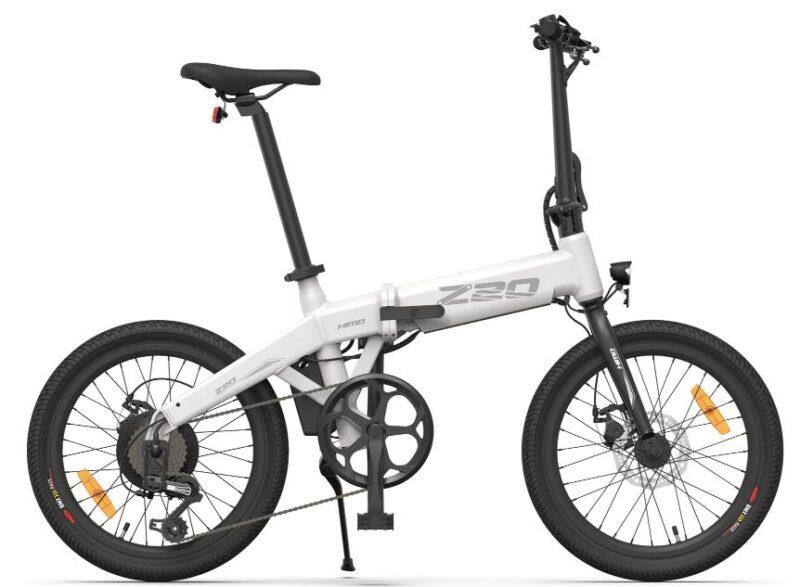7 Simple Tips for Maintaining Your Motorhome’s Leisure Battery
Here are some tips for taking care of your motorhome leisure battery:
Keep the battery charged: Make sure to charge the battery regularly, especially if you are not using the motorhome frequently.
Keeping the leisure battery in your motorhome charged is important. If the battery is not used regularly, it can slowly discharge over time. This can cause it to lose capacity and shorten its lifespan. By keeping the battery charged, you can help to ensure that it is ready to use when you need it.
There are a few different ways to charge a leisure battery:
1. Driving the motorhome: The alternator in the vehicle’s engine will charge the battery as you drive.
2. Using a battery charger: Plug a battery charger into an electrical outlet and connect it to the battery. Follow the manufacturer’s instructions for charging.
3. Using a solar panel: If you have a solar panel installed on your motorhome, it can help to charge the battery while you are parked.
4. Using a generator: If you have a generator installed in your motorhome, you can use it to charge the battery.
Remember to use a battery charger that is specifically designed for your type of battery and follow the manufacturer’s instructions for charging. Overcharging can damage the battery.

Keep the battery clean: Dirt and debris can build up on the battery and cause it to discharge faster. Clean the battery with a mixture of baking soda and water and a soft cloth.
Keep the leisure battery in your motorhome clean. Dirt and debris can build up on the battery over time and cause it to discharge faster. This can reduce the battery’s capacity and shorten its lifespan.
To clean the battery, follow these steps:
1. Turn off the power: Make sure the battery is not connected to any electrical systems before you begin cleaning.
2. Mix a solution of baking soda and water: Mix 1 cup of baking soda with 1 gallon of water.
3. Clean the battery: Use a soft cloth or sponge to gently scrub the battery with the baking soda solution. Pay particular attention to the terminals and any other areas where dirt and debris have accumulated.
4. Rinse the battery: Rinse the battery with clean water to remove any remaining baking soda solution.
5. Dry the battery: Use a clean, dry cloth to wipe the battery dry.
Keeping the battery clean, you can help to ensure that it is able to function properly and hold a charge.
Keep the battery cool: Heat can cause the battery to discharge faster. If possible, try to store the motorhome in a cool, dry place.
Try to keep the leisure battery in your motorhome cool. Heat can cause the battery to discharge faster, which can reduce its capacity and shorten its lifespan. If possible, try to store the motorhome in a cool, dry place.
Here are a few other tips for keeping the battery cool:
Avoid leaving the motorhome in direct sunlight: If you are parked in a sunny spot, try to find some shade for the motorhome to help keep the battery cool.
1. Use a battery insulator: A battery insulator is a thin, insulated pad that you can place under the battery to help keep it cool.
2. Install a battery fan: A battery fan is a small, low-power fan that can help to circulate air around the battery and keep it cool.
3. Avoid overcharging the battery: Overcharging the battery can generate excess heat, which can damage the battery. Use a battery charger that is specifically designed for your type of battery and follow the manufacturer’s instructions for charging.
By keeping the battery cool, you can help to extend its lifespan and ensure that it is able to function properly.

Avoid overcharging the battery: Use a battery charger that is specifically designed for your type of battery and follow the manufacturer’s instructions for charging. Overcharging can damage the battery.
Avoid overcharging the leisure battery in your motorhome. Overcharging the battery can generate excess heat, which can damage the battery and reduce its capacity and lifespan.
To avoid overcharging the battery, make sure to use a battery charger that is specifically designed for your type of battery and follow the manufacturer’s instructions for charging. Avoid leaving the battery connected to the charger for longer than necessary, as this can cause it to become overcharged.
Here are a few other tips for avoiding overcharging:
1. Use a smart charger: A smart charger is a type of battery charger that automatically shuts off when the battery is fully charged. This can help to prevent overcharging.
2. Monitor the battery’s charge level: Keep an eye on the battery’s charge level and disconnect the charger when the battery is fully charged.
3. Avoid charging the battery too frequently: If you are not using the motorhome frequently, you may not need to charge the battery as often.
4. Overcharging the battery can cause it to become overworked and reduce its lifespan.
Following these tips, you can help to avoid overcharging the battery and extend its lifespan.
Check the electrolyte level: The electrolyte level in a lead-acid battery should be between the minimum and maximum levels indicated on the battery case. If the level is low, add distilled water to the battery.
it is important to check the electrolyte level in the leisure battery in your motorhome. The electrolyte level is a measure of the battery’s ability to hold a charge. If the level is too low, the battery may not be able to hold a charge and may need to be replaced.
To check the electrolyte level, follow these steps:
1. Locate the battery: The battery is usually located in a compartment near the front of the motorhome.
2. Remove the vent caps: Most batteries have vent caps on the top that can be removed. This will allow you to access the electrolyte level.
3. Check the level: The electrolyte level should be between the minimum and maximum levels indicated on the battery case. If the level is low, you may need to add distilled water to the battery.
4. Add distilled water: If the electrolyte level is low, use a clean, dry container to carefully add distilled water to the battery. Be careful not to overfill the battery.
5. Replace the vent caps: Once you have finished checking the electrolyte level, replace the vent caps on the battery.
By checking the electrolyte level regularly, you can help to ensure that the battery is able to hold a charge and function properly.
Avoid deep discharging: Try to avoid discharging the battery too far, as this can damage it. If the battery is discharged too far, it may not be able to hold a charge in the future.
It is important to avoid deep discharging the leisure battery in your motorhome. Deep discharging refers to allowing the battery to discharge completely, which can damage it and reduce its capacity and lifespan.
To avoid deep discharging the battery, try to use the battery regularly and keep it charged. If you are not using the motorhome frequently, consider using a battery maintainer to keep the battery charged.
Here are a few other tips for avoiding deep discharging:
1. Turn off electrical systems when not in use: Electrical systems, such as lights and appliances, can drain the battery even when the motorhome is not in use. Make sure to turn off any systems that are not being used to help conserve the battery’s charge.
2. Use a low-power mode: Many modern motorhomes have a low-power mode that can be activated when the vehicle is not in use. This mode reduces the amount of power being used by the vehicle’s systems and can help to conserve the battery’s charge.
3. Disconnect non-essential systems: If you will not be using the motorhome for an extended period of time, consider disconnecting non-essential systems, such as the refrigerator and heating system, to help conserve the battery’s charge.
These tips can help to avoid deep discharging the battery and extend its lifespan.
Use a battery maintainer: If you will not be using the motorhome for an extended period of time, consider using a battery maintainer to keep the battery charged. This will help to extend the life of the battery.
A battery maintainer is a device that can be used to keep the leisure battery in your motorhome charged when the vehicle is not in use. If you will not be using the motorhome for an extended period of time, a battery maintainer can help to prevent the battery from discharging and ensure that it is ready to use when you need it.
To use a battery maintainer, follow these steps:
Connect the maintainer to the battery: Most battery maintainers have clamps that can be attached to the battery terminals.
Plug the maintainer into an electrical outlet: The maintainer should have a cord that can be plugged into an electrical outlet.
Turn on the maintainer: Some maintainers have a switch or button that needs to be activated to begin charging the battery.
Leave the maintainer connected: Leave the maintainer connected to the battery and plugged into the outlet until you are ready to use the motorhome again.
Using a battery maintainer can help to extend the lifespan of the battery and ensure that it is ready to use when you need it.
Shop YouTube Channel youtube.com/@johnnysbackyard/?sub_confirmation=1
Why not join our Facebook Group Motorhome Touring Scotland? https://www.facebook.com/motorhometouringscotland
Sign up for Johnny’s Back Yard online Store for Motorhome & Caravan Accessories Newsletter and we will let you know when new products are released. Newsletter link: http://eepurl.com/hND3Ir
Website Store https://www.johnnysbackyard.co.uk
Check out the Useful Links Page for more goodies https://johnnysbackyard.co.uk/useful-links-and-things/recommended-campsites/
Support the shop https://www.paypal.com/donate/?hosted_button_id=MZ4U3STTL4YV6
YouTube https://www.youtube.com/channel/UCMO8bf5oorGtPxHGCPzg6bw/?sub_confirmation=1
Twitter https://twitter.com/MotorhomeandC
Instagram https://www.instagram.com/johnnyburr3
Facebook https://www.facebook.com/groups/179155772711444
Pinterest https://www.pinterest.co.uk/johnnyburr3
Buy Me A Coffee https://www.buymeacoffee.com/johnnyburr


 Police Scotland is strict when enforcing speed limits. Speed cameras and Average Speed cameras are abundant, especially on the A9 and it’s important to observe the speed limits at all times when driving in Scotland, as the speeding fines are steep. Speed limits in Scotland are generally lower than in other countries, so it’s important to pay attention to the speed limit signs. In addition to observing the speed limits, it’s also important to be prepared for the possibility of encountering road works and temporary traffic lights on your journey. These are common in Scotland, especially during the summer months, and can cause delays or require you to adjust your speed. Be prepared for the possibility of encountering these types of obstacles, and allow extra time for your trip if necessary.
Police Scotland is strict when enforcing speed limits. Speed cameras and Average Speed cameras are abundant, especially on the A9 and it’s important to observe the speed limits at all times when driving in Scotland, as the speeding fines are steep. Speed limits in Scotland are generally lower than in other countries, so it’s important to pay attention to the speed limit signs. In addition to observing the speed limits, it’s also important to be prepared for the possibility of encountering road works and temporary traffic lights on your journey. These are common in Scotland, especially during the summer months, and can cause delays or require you to adjust your speed. Be prepared for the possibility of encountering these types of obstacles, and allow extra time for your trip if necessary.

